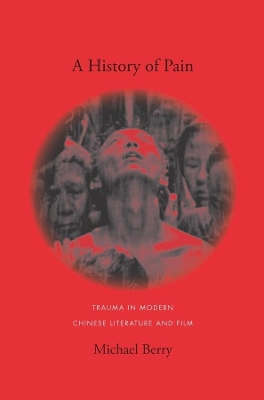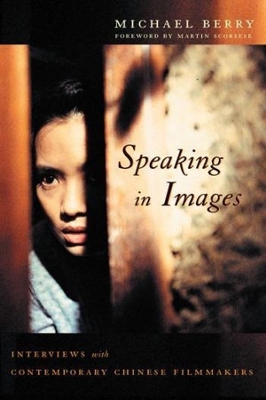Global Chinese Culture
2 total works
The portrayal of historical atrocity in fiction, film, and popular culture can reveal much about the function of individual memory and the shifting status of national identity. In the context of Chinese culture, films such as Hou Hsiao-hsien's City of Sadness and Lou Ye's Summer Palace and novels such as Ye Zhaoyan's Nanjing 1937: A Love Story and Wang Xiaobo's The Golden Age collectively reimagine past horrors and give rise to new historical narratives. Michael Berry takes an innovative look at the representation of six specific historical traumas in modern Chinese history: the Musha Incident (1930); the Rape of Nanjing (1937-38); the February 28 Incident (1947); the Cultural Revolution (1966-76); Tiananmen Square (1989); and the Handover of Hong Kong (1997). He identifies two primary modes of restaging historical violence: centripetal trauma, or violence inflicted from the outside that inspires a reexamination of the Chinese nation, and centrifugal trauma, which, originating from within, inspires traumatic narratives that are projected out onto a transnational vision of global dreams and, sometimes, nightmares.
These modes allow Berry to connect portrayals of mass violence to ideas of modernity and the nation. He also illuminates the relationship between historical atrocity on a national scale and the pain experienced by the individual; the function of film and literature as historical testimony; the intersection between politics and art, history and memory; and the particular advantages of modern media, which have found new means of narrating the burden of historical violence. As Chinese artists began to probe previously taboo aspects of their nation's history in the final decades of the twentieth century, they created texts that prefigured, echoed, or subverted social, political, and cultural trends. A History of Pain acknowledges the far-reaching influence of this art and addresses its profound role in shaping the public imagination and conception-as well as misconception-of modern Chinese history.
These modes allow Berry to connect portrayals of mass violence to ideas of modernity and the nation. He also illuminates the relationship between historical atrocity on a national scale and the pain experienced by the individual; the function of film and literature as historical testimony; the intersection between politics and art, history and memory; and the particular advantages of modern media, which have found new means of narrating the burden of historical violence. As Chinese artists began to probe previously taboo aspects of their nation's history in the final decades of the twentieth century, they created texts that prefigured, echoed, or subverted social, political, and cultural trends. A History of Pain acknowledges the far-reaching influence of this art and addresses its profound role in shaping the public imagination and conception-as well as misconception-of modern Chinese history.
"I always compare filmmaking to cooking. Shooting is like buying the groceries. You buy all kinds of ingredients and the better ingredients you get, the better chance you have of making the movie you want."-Ang Lee, from Speaking in Images Speaking in Images offers an engaging and rare collection of interviews with the directors who have changed the face of Chinese and international cinema. Michael Berry's discussions with such directors as Ang Lee (Crouching Tiger, Hidden Dragon), Zhang Yimou (Hero), Chen Kaige (Farewell My Concubine), Stanley Kwan (Lan Yu), Tsai Ming-Liang (Vive l'Amour), Edward Yang (Yi Yi), and Hou Hsiao-hsien (Flowers of Shanghai) offer an eclectic and comprehensive portrait of contemporary Chinese cinema. In interviews that capture each filmmaker's unique vision, the subjects discuss their formative years, the ideas and influences that shaped their work, film aesthetics, battles with censors and studios, the mingling of commercial and art film, and the future of Chinese cinema in a transnational context.
Berry's introduction to the collection provides an overview of Chinese cinema in the second half of the twentieth century, placing the directors and their work in a wider historical and cultural context.
Berry's introduction to the collection provides an overview of Chinese cinema in the second half of the twentieth century, placing the directors and their work in a wider historical and cultural context.

